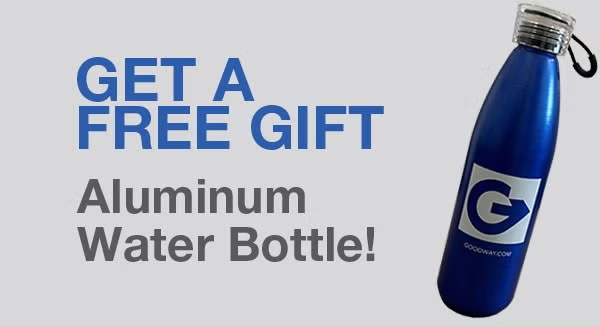Cleaning Air Conditioner (HVAC) Coils - A Checklist

How To Clean Air Conditioner Coils
Take on the fight with dirty coils for a safe and efficient HVAC system.
Because Dirty Coils Won't Come to You
When dirt and grime coat your air conditioner's coils, it's forced to work harder, and it costs more to run. Studies show efficiency gains of 16%, simply from coil cleaning. But coils have to be appropriately cleaned, or they can be permanently damaged. Even worse, dangerous bacteria can multiply in a poorly maintained system, posing health risks like asthma, nausea, and more. Air conditioners aren't always designed for maintenance. Air handler coils are notoriously difficult to access, and condenser coils can be hundreds of yards from a power and water supply. But with the right tools, you can maintain a safe, efficient system - no matter where your coils are.
CLEANING AIR HANDLER COILS
Shut down the system. Find the air handlers and get good access to the coils. Install removable panels, if needed. Vacuum coils and fins to remove dry debris. The 2-speed CoilVac, designed for tight spaces, works as both a vacuum and blower, working to reach dust and dirt on every surface. Be sure the condensate pan and line are free from blockage before you start wet cleaning. High-pressure cleaning equipment can damage delicate fins, and high-flow units can overwhelm drain pans. An ideal system delivers around 125 psi and 1/2 gallon/minute, like the CoilPro CC-JR. Spray on non-caustic, non-fuming CoilShine and let it sit for 3-5 minutes. The thick foam clings to the coils, allowing the chemical necessary "dwell time" to loosen sticky biofilm deposits. Rinse and repeat, if necessary. Treat coil and plenum with an EPA-registered mold inhibitor to inhibit dangerous bacterial and mold growth. Clean the condensate pan and drain line. Use drain pan biocide tablets to minimize the risk of future blockage and flooding. Restart the system.
CLEANING CONDENSER COILS
Shut off the unit. Establish access to water and power. The CC-140 is a self-contained, wheel-in power source, water, and detergent. Avoid high-pressure cleaning systems, which can damage fins. Apply a non-caustic cleaner that will cling to the coils and let it sit for a few minutes to penetrate sticky residue. Flush coils with water, working opposite the airflow, to push dirt out the way it came in. Power up the unit.








